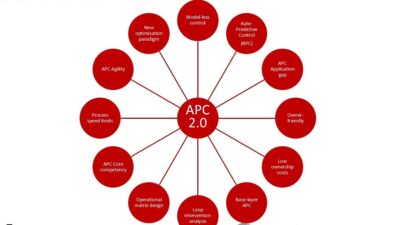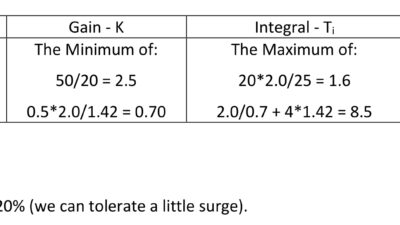A new 3D design solution might not call for much fanfare, but when use of that technology doesn't require mastery of a CAD system—and the solution comes from a start-up packed with industry experts—it's a bigger story to tell. Recognizing that the benefits of 3D mechanical design remain out of reach for most people who contribute directly to product development, SpaceClaim recently ...
A new 3D design solution might not call for much fanfare, but when use of that technology doesn’t require mastery of a CAD system—and the solution comes from a start-up packed with industry experts—it’s a bigger story to tell.
Recognizing that the benefits of 3D mechanical design remain out of reach for most people who contribute directly to product development, SpaceClaim recently launched its flagship product, SpaceClaim Professional 2007, which makes 3D modeling accessible through a highly flexible design environment, and performs equally well on Microsoft Windows XP and Vista.
Historically there’s been a gap between designers and members of the extended product development team—e.g., suppliers, manufacturing engineers, analysis engineers, and engineering management who lack access to—or the time to master—a 3D CAD system, says Mike Payne, SpaceClaim CEO and cofounder of product life-cycle management (PLM) vendors PTC and SolidWorks.
To date, the benefits of 3D remain concentrated in the hands of dedicated CAD specialists. Consequently, the people who contribute to design conceptualization, review, analysis, and manufacturing often communicate with the design team through insufficient view-only file formats—or, at times, even paper, says Payne.
“SpaceClaim Professional 2007 puts usable 3D at the fingertips of engineers, enabling accurate input earlier in the product life cycle, when it’s most cost-effective,” Payne explains. “It offers a user-focused 3D mechanical design experience for engineering professionals who work with the design team to bring higher-quality products to market faster. Intelligent tools make it possible for users to focus on their design contributions rather than struggling with how to use software.”
An extended team can work directly with the 3D model to fully investigate the impact of each idea, and validate the geometry of change requests before sharing them with the design team, Payne says. This improves the quality of each design iteration, and frees the CAD specialist to work with only valid requests.
SpaceClaim’s approach has caught the attention of industry analysts and manufacturers alike.
According to Dick Slansky, PLM research director for Dedham, Mass.-based ARC Advisory Group , manufacturers believe the most important part of PLM is a robust 3D capability for product development. Slansky says the SpaceClaim approach to 3D is to say that complex product modeling doesn’t necessarily require difficult-to-use, complex modeling systems.
“SpaceClaim Professional is a solid product from a company with a good pedigree. It’s led by Mike Payne and a list of its developers, board members, and advisors that reads like a who’s-who of PLM,” Slansky says. “The result of their efforts is that SMBs [small and midsize businesses] can gain a flexible environment to work in, and, in turn, make changes rapidly so they can get product to market quicker.”
That approach resonates well with potential end users. Case-in-point is Greenville, Ind.-based Techshot , an engineering and product development company that chose SpaceClaim for its conceptual design flexibility and workflow fit.
“Techshot provides innovative engineering and design services to government and commercial enterprises. We needed a conceptual design tool that our engineers and scientists could use,” says Mark S. Deuser, cofounder, president, and CEO.
“Our team’s creativity in developing solutions to very challenging problems requires a truly flexible modeling environment—one that is suitable for part-time use since design is only one aspect of their engineering contributions. We chose SpaceClaim because it meets these requirements. Our CAD specialists are pleased that they can receive more accurate 3D design input to start their detail design.”
Briefly….
SpaceClaim is supporting the 3D JT Open format with SpaceClaim Professional 2007, which enables JT import, precise modification, and JT export for manufacturers in industries that use this format for data exchange.
JT has been widely adopted as a viewable format for 3D data, and as a lightweight means to exchange product information across global manufacturing organizations. In some industries, JT is used for downstream applications and across the supply chain. With increased use of JT comes the need to precisely modify the geometry in support of change requests and product revisions, and drive design collaboration throughout the value chain.



